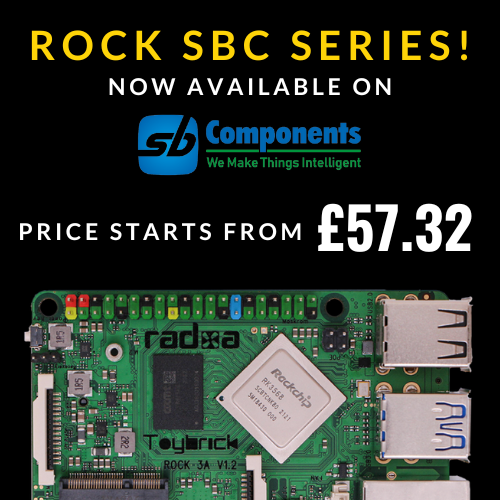The Raspberry Pi Foundation has released the Raspberry Pi 500+, a new version of its keyboard-style computer that improves on the earlier Raspberry Pi 500. The design remains the same — a computer built directly into a compact keyboard — but several hardware updates make it more capable for everyday use and learning environments.
Key Improvements
The Raspberry Pi 500+ introduces a few major upgrades over its predecessor:
-
More Memory: Now includes 16 GB of LPDDR4x RAM, doubling the previous 8 GB capacity for better multitasking.
-
Faster Storage: Adds a built-in 256 GB NVMe SSD, which greatly improves data access speed compared to microSD cards.
-
Mechanical Keyboard: Replaces the old membrane design with a low-profile mechanical keyboard, providing a better typing experience.
-
Customizable Design: Keycaps can be removed or replaced easily for maintenance or personalization.
-
Same Processor and Ports: Keeps the 2.4 GHz Cortex-A76 CPU, dual micro HDMI, USB, Ethernet, Wi-Fi, and Bluetooth.
Performance and Everyday Use
Although the CPU is unchanged, the improved RAM and SSD make the 500+ faster and more responsive in real use. Applications load more quickly, and it handles multiple browser tabs or lightweight coding projects smoothly. Thermal performance is consistent with the Pi 500, with no major overheating issues.
Best-Suited Applications
-
Education: Ideal for classrooms and learning labs where space and simplicity matter.
-
Coding and Development: Suitable for basic programming and web development tasks.
-
Light Desktop Work: Handles browsing, document editing, and media playback comfortably.
-
Retro Gaming: Works well as an emulation platform due to its compact form.
Points to Consider
-
GPIO Access: The general-purpose I/O pins are harder to reach, limiting use for hardware projects.
-
No CPU Upgrade: Performance gains mainly come from faster memory and storage.
-
Higher Cost: The added components increase the price compared to earlier models.
Summary
The Raspberry Pi 500+ refines the keyboard-computer concept with faster storage, more memory, and a mechanical keyboard, making it a better all-in-one system for education and light computing. While it’s not intended for hardware prototyping, it serves as an efficient and approachable entry point for those exploring Linux, coding, and digital learning.

















.png)



